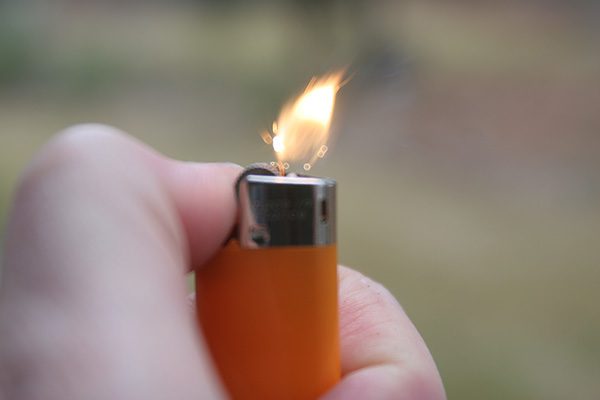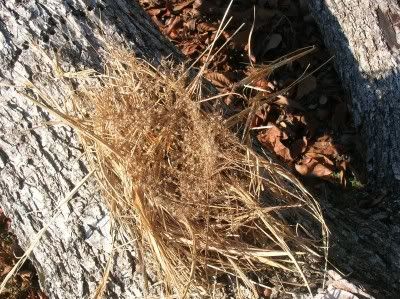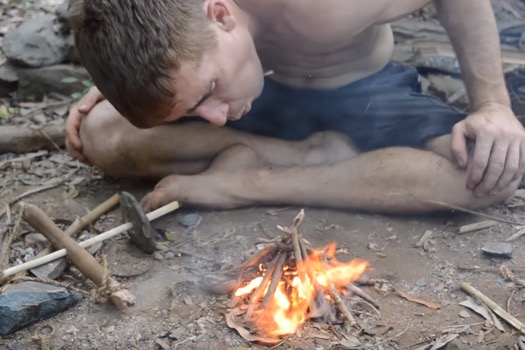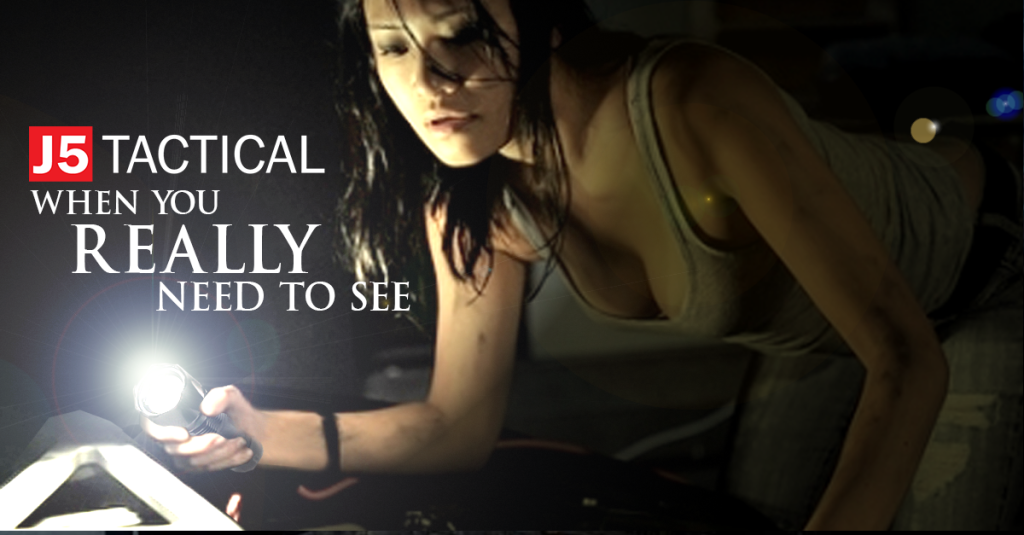Simple Guide to Common Fire-Starting Materials
There are limitless options available when it comes to starting fires, and we’ve talked about a number of them over the course of time. It’s important to have a number of different options to fall back on so that you don’t have to resort to rubbing sticks together in order to start your next fire. The following list is a summary of some of the better and more effective ones that you can incorporate into your preparedness efforts.
Lighters

All of us should have a couple of high-quality disposable lighters in our survival kits. They can be your traditional fuel-filled Bics or those that use an element to radiate heat. Avoid cheap lighters that tend to lose their flint or fall apart easily, as they will more than likely fail when you need them most.
You should also include a butane or refillable lighter along with a backup supply of flint as well. They are durable, designed for survival situations and are always ready for use as long as you have access to fuel.
Matches

When choosing matches, it’s important to use high-quality wood ones that can be struck on a coarse surface in the event that the strike pad on the box gets worn or wet. It’s always a good idea to place them in a baggie to protect them from moisture as well. You can also coat the matches with some petroleum jelly, hand sanitizer or lip balm in order to extend their burn life. This is particularly useful when starting a fire in inclement weather conditions.
Fire-Starting Tools

There are basically two types of fire starting tools that you can use over and over again. One is a magnesium sheet that can be scraped to produce highly-flammable shavings. All you need to do is place these shavings on your tinder and light. The other option is the ferrocerium rod tool. This is basically a grooved rod and a metallic pad that generates a lot of sparks when struck. Quality kits will be able to start a lot more fires than lighters or matches, they are compact and can be stored anywhere. Best of all, they can work better than lighters or matches in inclement conditions.
Wax and Fatwood

Wax, as mentioned before, is ideal for starting fires because they are slow to burn and can be applied to almost any substance. You can coat matches, kindling fabric or even cotton balls with wax and significantly extend the burn time of these items. Everyone should have at least a small supply of wax-coated fire starting items in their survival kit. They will reduce the amount of fuel or matches that you need to get a fire going, and they are also an ideal choice in poor weather conditions.
Fatwood is available on the market or you can find it in the wild in many forests and wilderness areas across the country. What makes fatwood so special is that it contains a high amount of resin, comparable to the sap found in coniferous trees. This resin helps to ignite the wood while also giving it a long burn time.
Chemicals

A wide-range of chemicals can be used to start fires, but the most common is alcohol or hand sanitizer. Simply douse the tinder or kindling with the material and light. Hand sanitizer works best due to its gelatinous consistency which makes it stick to surfaces and burn more slowly than alcohol alone. Of course you can also use gasoline, kerosene, oil or any other type of petroleum product as well. However, these are not always practical options when it comes to carrying them in your bug out bag or survival kit.
Tinder

When choosing tinder, you want to gather items that are easy to burn but slow to extinguish. Tinder is intended to provide a long enough burn to ignite your kindling and larger pieces of wood. Good tinder material includes cattails, birch bark, dried grasses, sycamore, thistle and milkweed. Another fantastic source of tinder is from birds nests. You can also make your own by preparing charcloth, using steel wool or making thin wood shavings in advance. Simply store them in a small plastic bag and use as necessary. You can never have enough tinder, and this is key to getting almost any fire started with minimal fuel.
These are just a few examples of common, simple and effective resources to use when starting fires. Keep in mind that you can also use electric currents, sparklers, solar energy (with magnifying glasses or concave lenses) or friction from primitive bushcraft skills to get your next fire going. The trick is to build a multi-layered system that starts from the easiest to the more difficult in order to have numerous options at your disposal. This way, if you lose access to your lighters or matches, you can have other options to fall back on as needed.
Remember that the more you do now to prepare will make life a lot easier out in the field, and this is especially true when it comes to diversifying your ability to start a fire.

